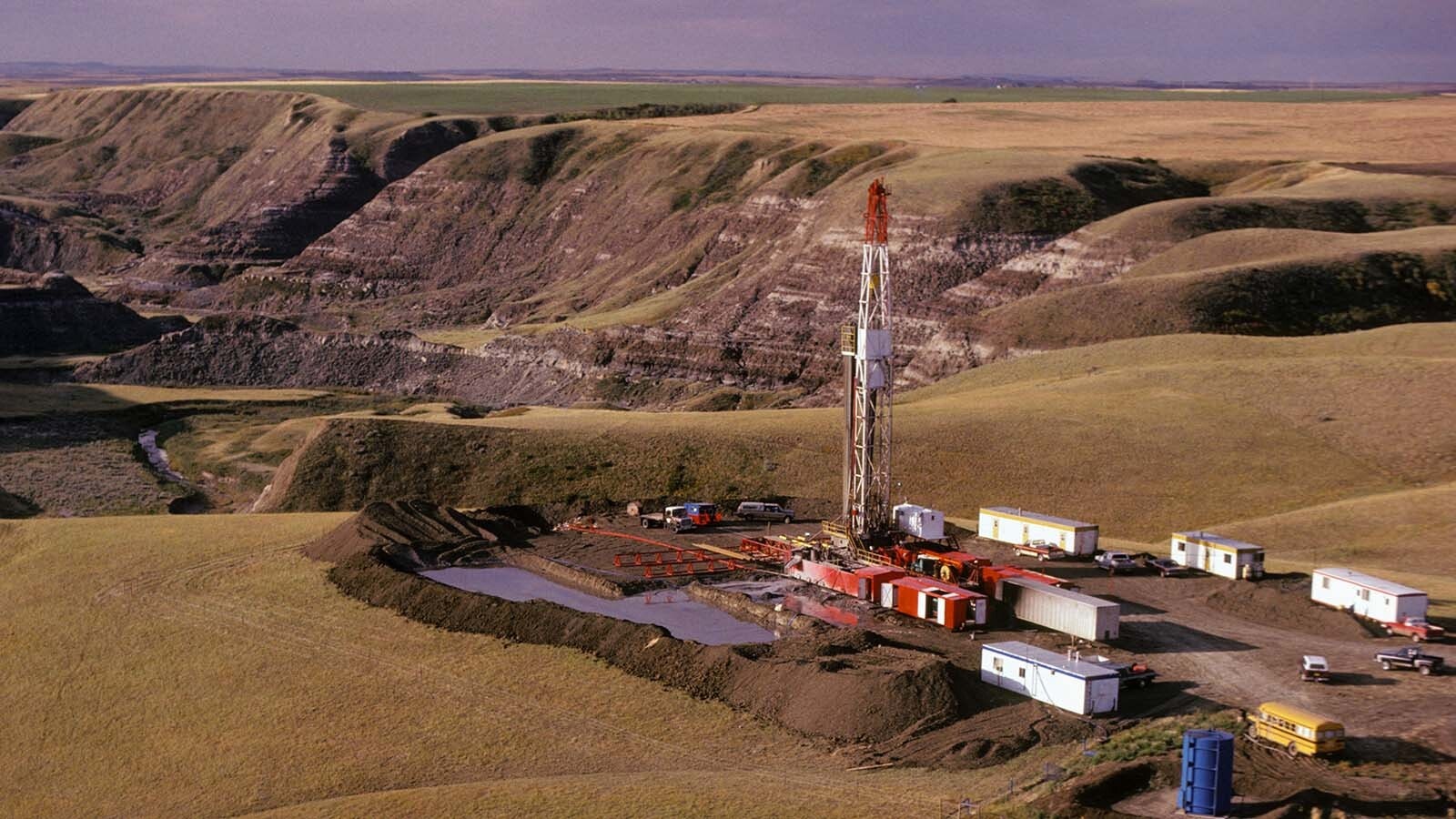A new paper whose lead author is an adjunct professor of the University of Wyoming claims to have found a direct link between greenhouse gas emissions and polar bear survival.
But the findings are being questioned by polar bear expert Dr. Susan Crockford, who called the report “poppycock,” and she isn’t the only one raising questions about it.
Poster Child
Polar bears became the poster child for how climate change was harming animals when in 2017, a biologist posted to Instagram a photo of a starving polar bear, which was later used in a National Geographic video that attributed the bear’s condition to climate change.
It was later revealed the photographer had deliberately set out to find a photograph to use that would stir up anger about climate change, and the bear was likely sick or injured. National Geographic went on to apologize for blaming the bear’s condition on climate change.
Despite the scandal, climate activists continued to use the species to drum up support for policies aimed at reducing emissions at any cost.
Climate Considerations
According to a statement on the paper from the University of Wyoming, “Unlock the Endangered Species Act to Address GHG Emissions,” which is not peer reviewed, addresses a loophole in the Endangered Species Act that has historically blocked “climate considerations.”
The authors of the study, according to the statement, connect the dots between greenhouse gas emissions, the number of ice-free days caused by specific amounts of emissions and polar bear survival rates. The paper, according to the statement, also explains “recent declining trends” observed in some polar populations.
“We’ve known for decades that continued warming and sea ice loss ultimately can only result in reduced distribution and abundance of polar bears,” the study’s lead author Dr. Steven Amstrup, chief scientist emeritus at Polar Bears International and an adjunct professor at the University of Wyoming, said in a statement.
Thriving Populations
Dr. Susan Crockford, a zoologist with more than 40 years of experience in the field, wrote on her blog that Amstrup and climate modeler Cecilia Bitz previously collaborated on a study published in the journal Nature in 2008 that predicted two-thirds of the polar bear polar bear population was on track to disappear by 2050, unless carbon emissions were curtailed.
Despite global emissions rising steadily since then, polar bear populations increased from 10,000 in 1950 to as many as 39,000 bears today. This population increase can largely be attributed to hunting regulations, but the have bears appear to be surving warmer temperatures.
Crockford criticizes Amstrup’s latest research for ignoring published data on poor body condition in the subpopulations of polar bears in the 1980s, which was prior to significant warming from emissions. She also points out that the Amstrup paper uses a “business as usual” climate model, which has been discredited as being implausible.
Other Critics
Cowboy State Daily reached out to Amstrup and didn’t receive a response.
Todd Atwood, a wildlife biologist who leads the U.S. Geological Survey’s polar bear research program — a position previously held by Amstrup — told the Associated Press that Amstrup’s research was an important initial step in linking greenhouse gas emissions and polar bear survival.
However, he said, the inconsistencies in population estimates and survival rates for some polar bear subpopulations are problematic when matching recent emission levels with population survival rates.
Polar bear expert Andrew Derocher also expressed to the Associated Press some hesitations to support the paper.
Inconvenient Data
Crockford has been a longtime critic of the research of Amstrad and Bitz. She told Cowboy State Daily that it’s important for scientific honesty to look at the historical record.
“You can’t concoct an explanation for what you think is going on by just leaving out inconvenient data,” she said.
Crockford said that researchers began to latch onto the relationship between polar bears and climate change when, in 2006, the animals were downlisted from threatened to least concern. The bears had been recovering from overhunting, which had caused them to be listed on the Endangered Species List in the 1980s.
Crockford said she believes that this threatened a lot of funding for research by groups focused on polar bears.
So, based on concerns over climate change, pressure from these groups got the bears listed as vulnerable.
“They didn’t put together a model or anything. They just said, ‘We looked at this report on climate change that suggested sea ice was going to decline,’” Crockford said, adding that no other species had been previously listed in the Endangered Species List over climate change.





